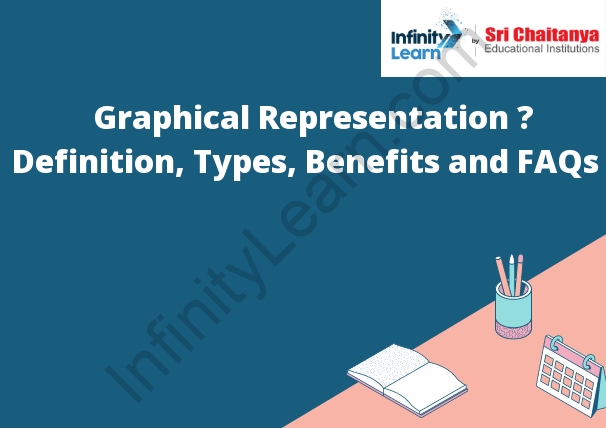Table of Contents
What is a Graph
A graph is a mathematical structure consisting of a set of vertices (or nodes) and a set of edges connecting them. The vertices are usually ordered pairs of numbers, while the edges are usually ordered pairs of real numbers. A graph may be undirected, meaning that the edges are unordered pairs, or it may be directed, meaning that the edges are ordered pairs and that the order matters.

Types of Graphical Representation
There are three types of graphical representation:
1. Pie chart
2. Bar chart
3. Line chart
How to plot the Data Accurately on Graphs?
To plot data accurately on graphs, it is important to first understand the data that is being graphed. The axes of the graph should be labeled with the appropriate units of measurement, and the data should be graphed in a way that is easy to read. The most common way to graph data is to use a line graph, which plots points on a grid and connects them with a line. The points on the graph should be evenly spaced, and the line should be smooth and free of any irregularities.
Basics of Graphical Representation
A graph is a graphical representation of data in which the points, called vertices, are connected by lines, called edges. The data can be anything from the relationships between people on social media networks to the connections between the atoms in a molecule.
The vertices in a graph can be labeled with any information that is relevant to the data. For example, in a social media network, the vertices might be labeled with the names of the people in the network, and the edges between the vertices might be labeled with the type of relationship between the people.
The layout of a graph can be customized to make the data more readable. For example, in a social media network, the edges between vertices could be drawn as straight lines instead of curves, in order to make it easier to see the relationships between the people.
Benefits of using Graphs
The benefits of using graphs include:
1. Graphs can help you to quickly and easily understand complex data.
2. Graphs can help you to identify patterns and trends in data.
3. Graphs can help you to make comparisons between data sets.
4. Graphs can help you to identify correlations between data sets.
Some Rules for Graphical Representation of Data
1. Use a different symbol for each category.
2. Use a different color for each category.
3. Use a different line type for each category.
4. Use a different size for each symbol.
5. Use a different font for each symbol.
Importance of Graphical Representation
Graphical representation is important because it helps us to understand information visually. This is especially helpful when we are dealing with large amounts of data or when we need to see relationships between different pieces of information. Graphs can also help us to communicate information more effectively to others.






